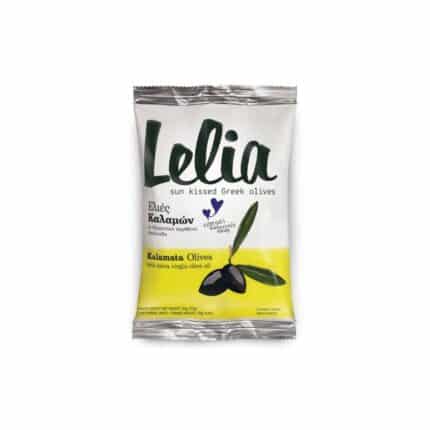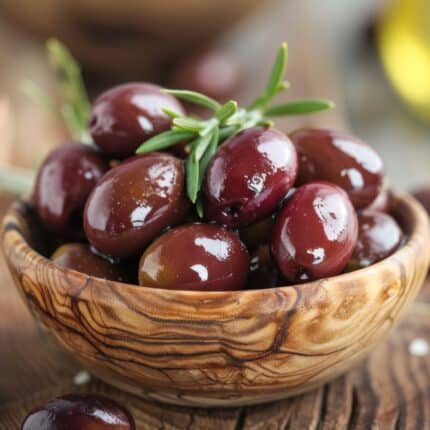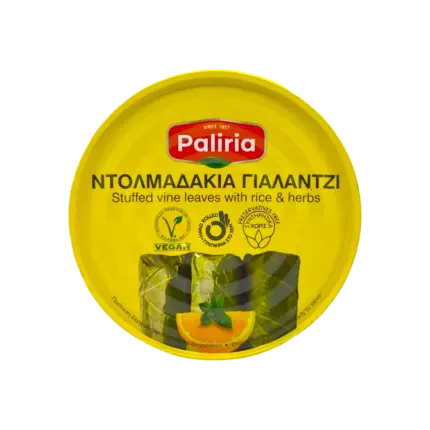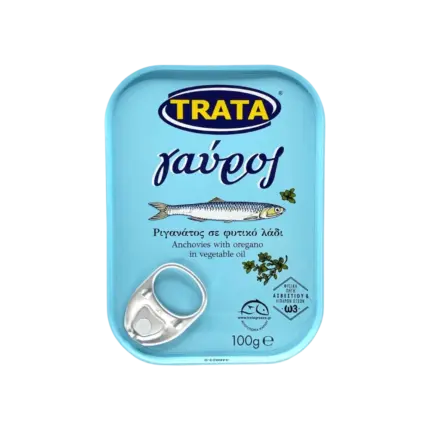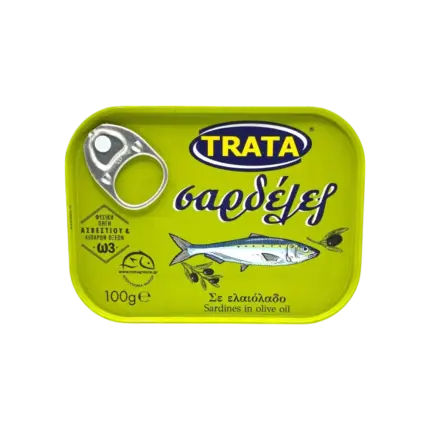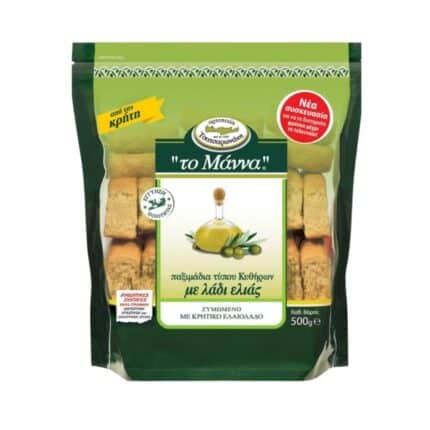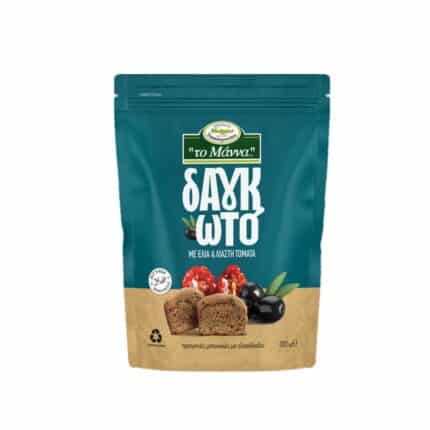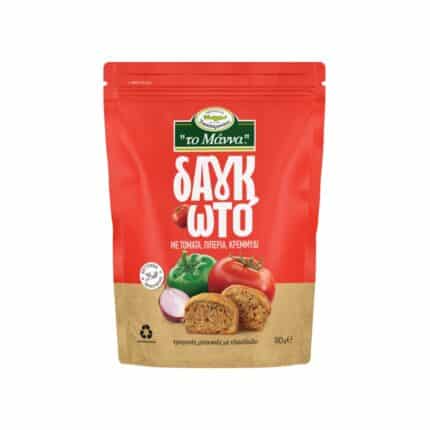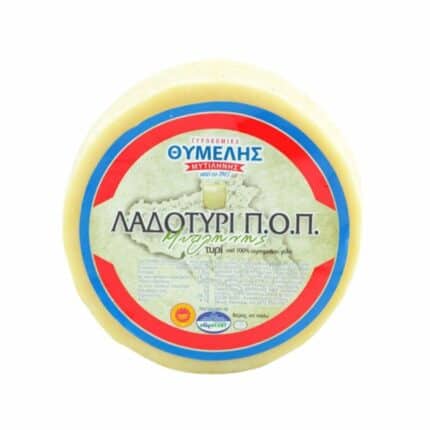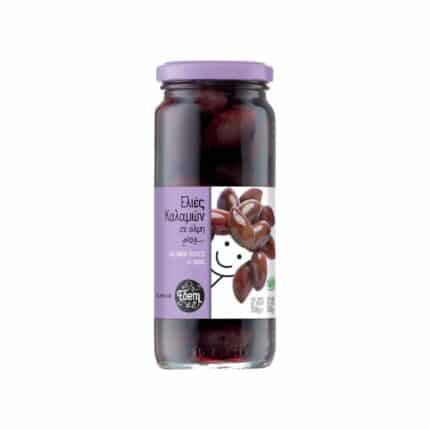Unser Blog
Was ist in griechischer Meze?
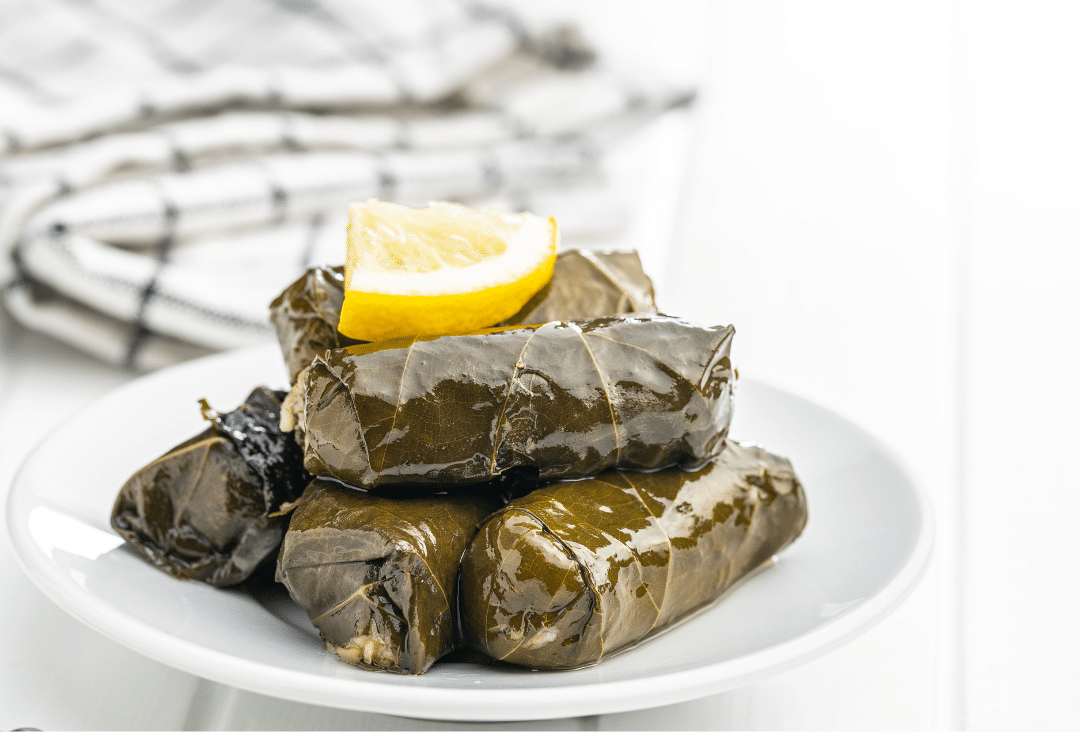
Greek meze is the heart of the country’s culinary tradition—a collection of small dishes that bring people together to share and enjoy a variety of flavors. Typical meze includes marinated octopus in olive oil and vinegar, fresh vegetables like tomatoes and cucumbers, pita bread or traditional rusks, tzatziki, meatballs (keftedakia), saganaki (fried cheese), dolmades (stuffed vine leaves), taramosalata (fish roe spread), olives, and feta cheese. Often accompanied by ouzo, tsipouro, or wine, meze is more than just appetizers—it’s a social experience embodying Greek hospitality and joy.
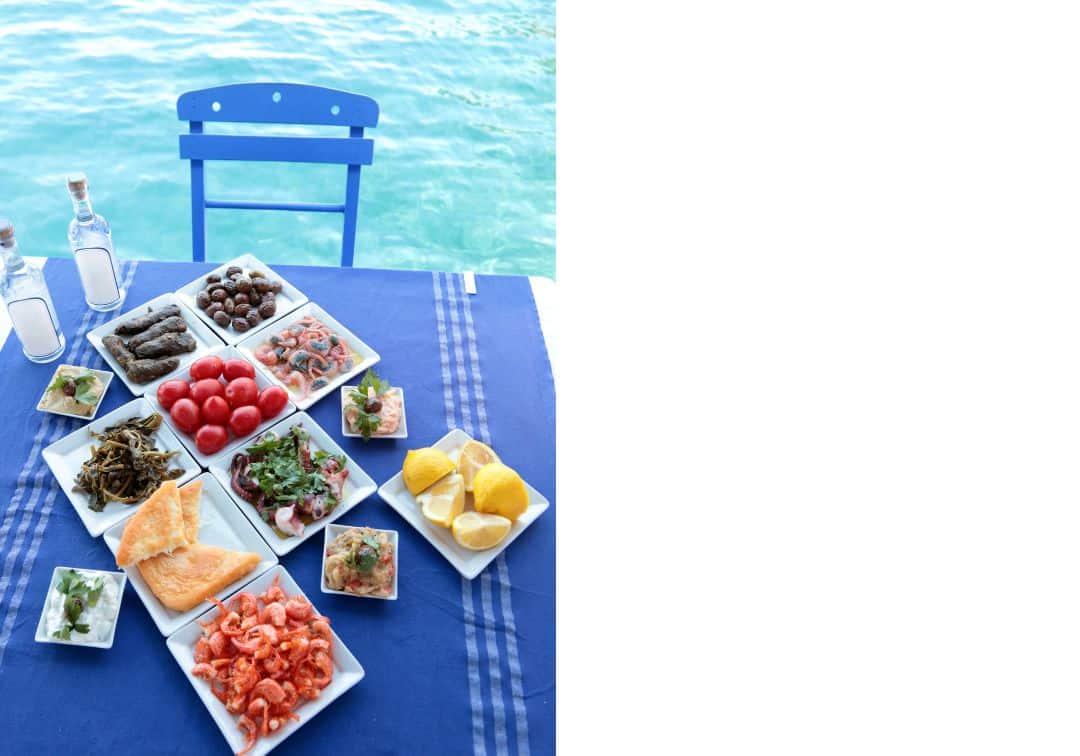
Die Essenz von Meze
When you think of Greek cuisine, one of the first things that comes to mind is meze. It’s not just about the food; it’s about the experience of sharing, connecting, and enjoying a variety of flavors together. Meze represents the communal aspect of Greek dining, where an assortment of dishes is placed at the center of the table, encouraging everyone to partake and enjoy.
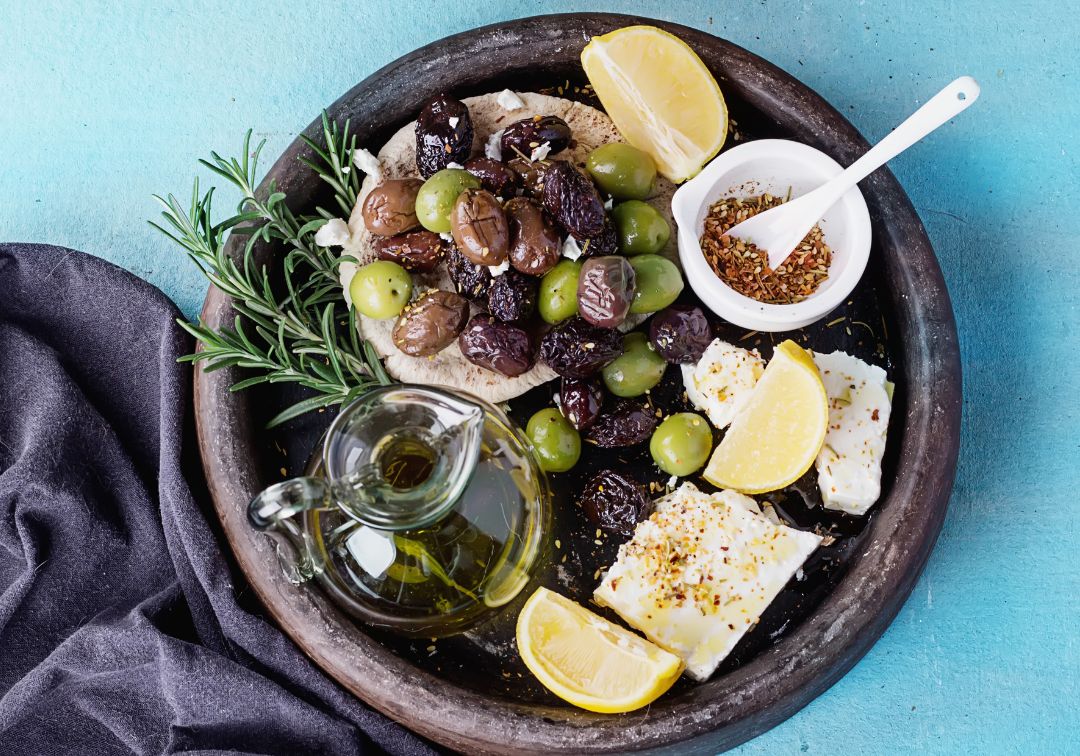
Eine Vielzahl von Geschmacksrichtungen
Greek meze includes a diverse array of dishes, from simple to elaborate, often combining contrasting flavors in a single serving. Some typical meze dishes are:
-
- Oliven und Feta-Käse: Klassische Grundnahrungsmittel mit den berühmten griechischen Oliven und Käse.
- Frisches Gemüse, meist Tomaten und Gurken: Saftige Tomatenscheiben und knackige Gurken, oft mit einer Prise Salz und Oregano serviert.
- Fladenbrot oder traditioneller Zwieback: Warmes Fladenbrot oder knuspriger Zwieback, perfekt zum Dippen und als Beilage zu anderen Gerichten.
- Tzatziki: Ein erfrischender Dip aus Joghurt und Gurken, gewürzt mit Knoblauch und Dill.
- Frikadellen (Keftedakia): Würzige Fleischbällchen mit Kräutern, die oft mit Tzatziki serviert werden.
- Saganaki: Goldener gebratener Käse, der auf der Zunge zergeht.
- Dolmades: Weinblätter, gefüllt mit Reis, Kräutern und manchmal Hackfleisch.
- Taramosalata: Ein cremiger Fischrogenaufstrich, perfekt zu Brot oder Zwieback.
- Marinierter Oktopus in Olivenöl und Essig: Zarter Oktopus, perfekt mariniert, mit einem würzigen und herzhaften Geschmack.
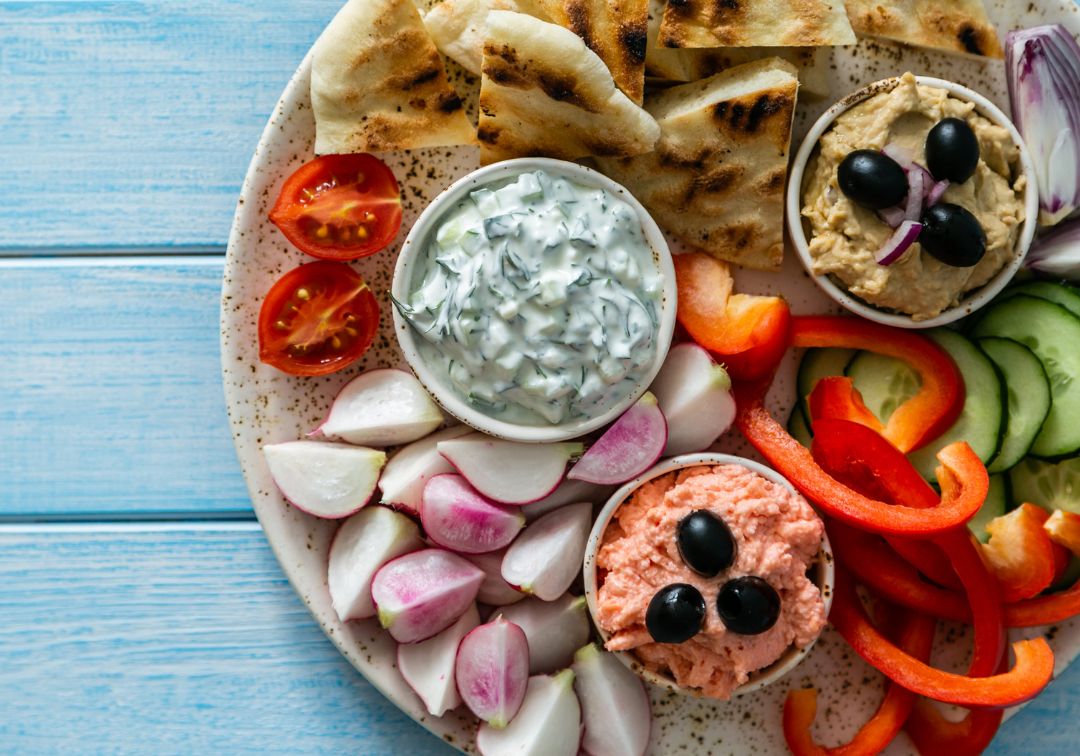
Mehr als nur Appetithäppchen
Meze dishes often begin the meal as appetizers but can become the main attraction due to their variety and abundance. They embody the most universal aspect of Greek cuisine—casual, unpretentious, and often enjoyed with the hands, enhancing the relaxed and communal dining experience.
Ein geselliges Beisammensein
Sharing meze is deeply ingrained in Greek culture. It brings people closer, often leading to lively conversations and the joyful clinking of glasses and utensils. It’s about companionship, shared enjoyment, and the unifying power of food.

Pairing mit Getränken
Meze is traditionally accompanied by spirits like ouzo, tsipouro, or a glass of local wine. These beverages complement the flavors of the dishes and contribute to the convivial atmosphere, making the meze experience even more delightful.
Fazit
Greek meze is more than a collection of dishes; it’s the centerpiece of Greece’s culinary universe. It unites people, brings diverse foods together on the same table, and represents the most authentic and unpretentious aspect of Greek cuisine. Whether in a seaside taverna or a city mezze bar, sharing meze is an integral part of Greek life that embodies hospitality, joy, and the pleasure of good company.

